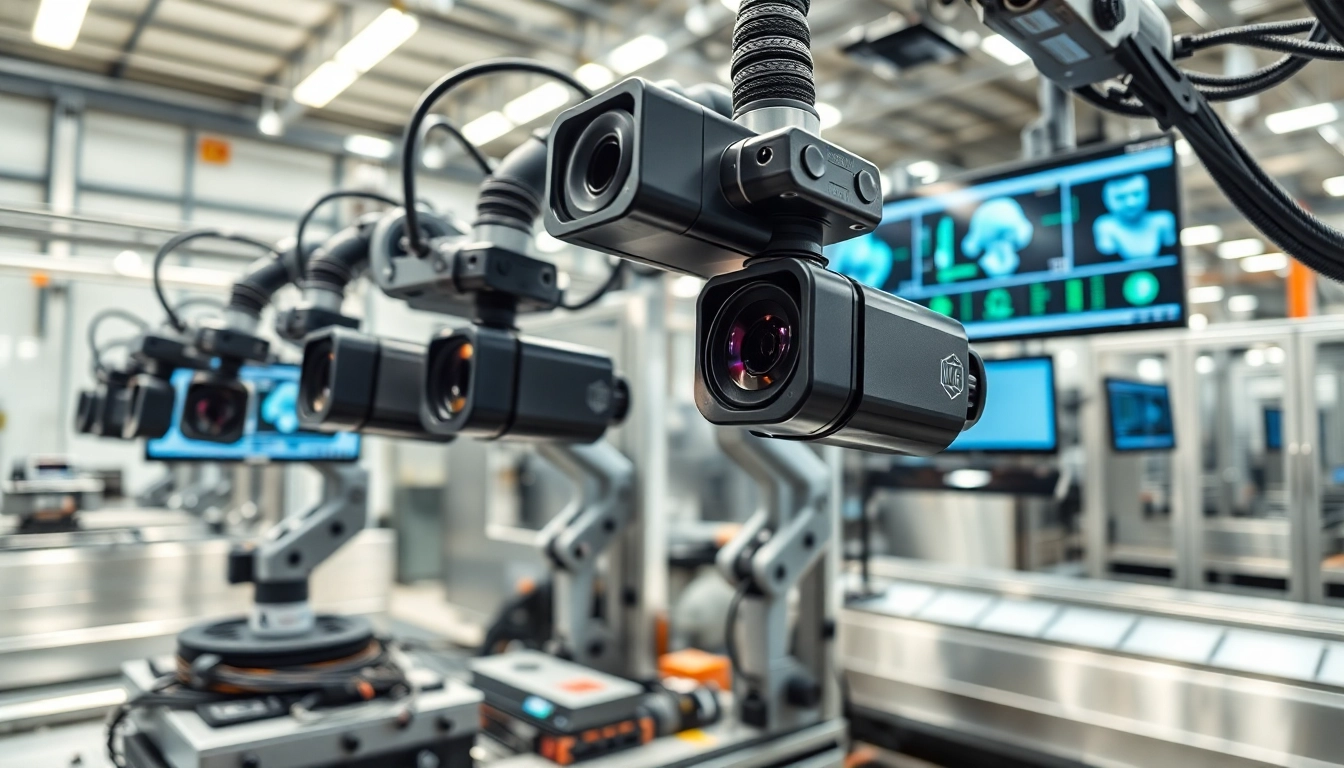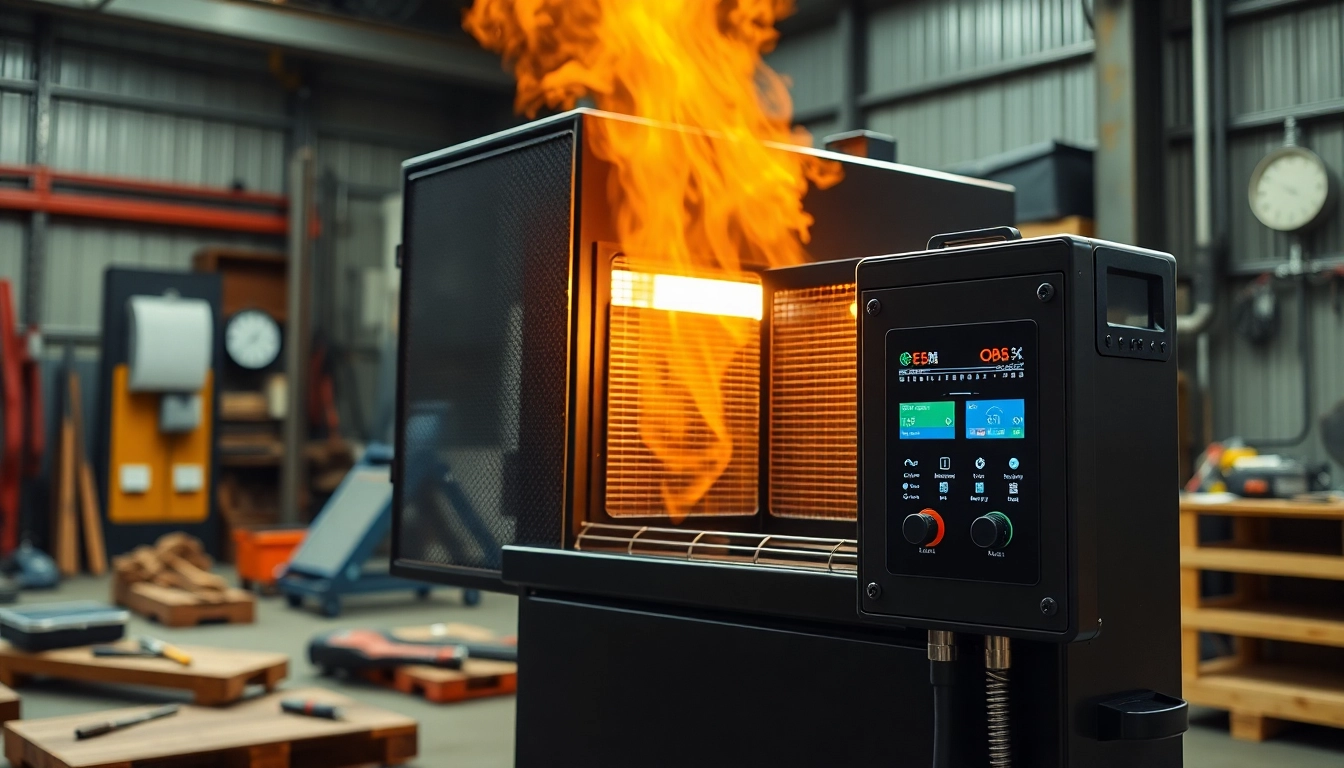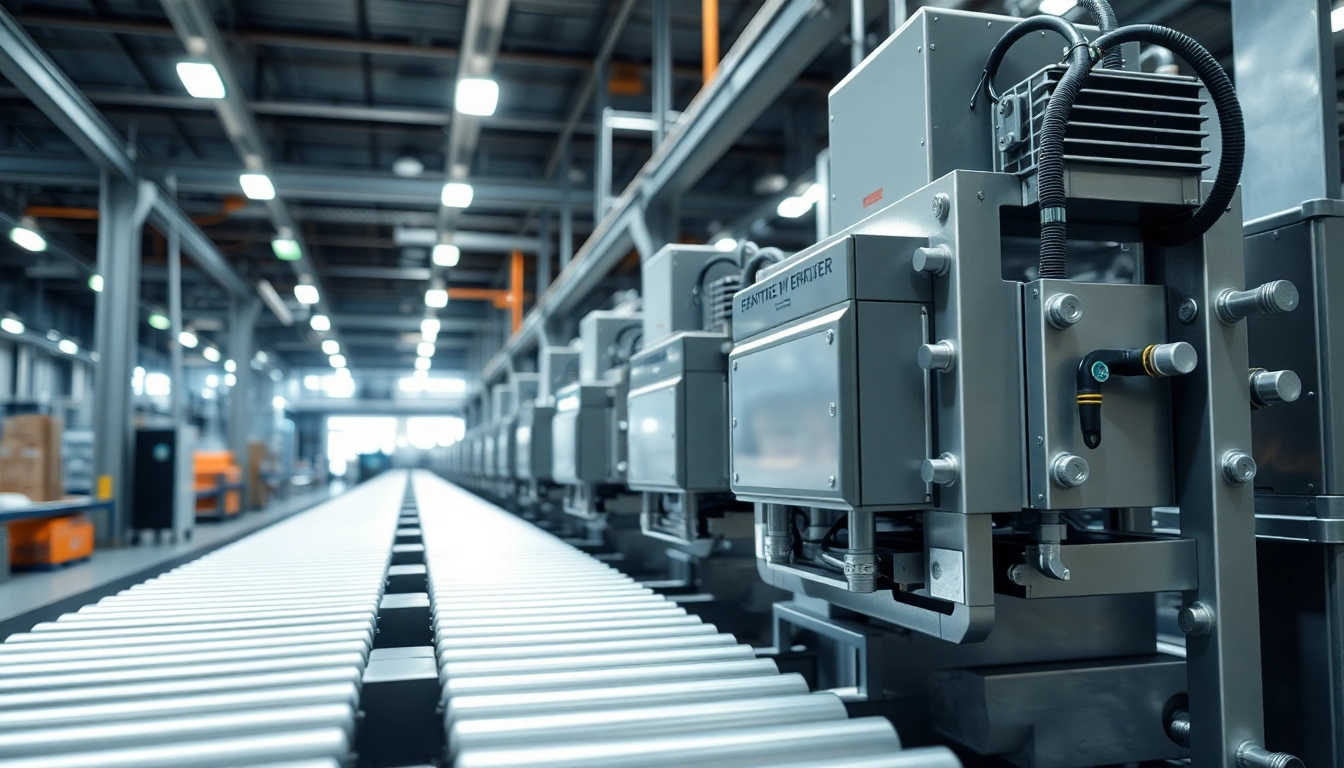Introduction to Machine Vision
As industries evolve and automation becomes the backbone of productivity, one technology stands out for its pivotal role: machine vision. This technology allows systems to interpret visual information for a wide range of applications, revolutionizing processes in manufacturing, quality control, and beyond. In this article, we will delve into the depths of machine vision, discussing its fundamental aspects, applications, benefits, key components, types, challenges, and future trends that shape this crucial domain.
What is Machine Vision?
Machine vision refers to the technology and methods used to provide imaging-based automatic inspection and analysis, transforming how machines perceive and interact with their environment. Utilizing cameras and other sensors, machine vision systems aim to replicate human sight with greater speed and accuracy. Basically, these systems capture images or video, process the data, and analyze the results to make decisions or perform actions based on predefined criteria.
Applications of Machine Vision in Industry
Machine vision plays an integral role across various industries, enhancing productivity and accuracy. Here are a few applications worth highlighting:
- Quality Control: Automated inspection systems use machine vision to detect defects in products. For instance, in the food industry, machine vision can ensure that packaging is sealed correctly or that products meet safety standards.
- Robotics and Automation: Robots equipped with machine vision can navigate, identify, and manipulate objects, making them ideal for assembly lines, warehouse operations, and even autonomous driving.
- Barcode and Optical Character Recognition: Machine vision systems read barcodes and QR codes efficiently, streamlining inventory management and checkout processes in retail environments.
- Medical Imaging: In healthcare, machine vision is used in imaging systems that assist in diagnosis and surgical procedures, enhancing the capabilities of practitioners.
Benefits of Implementing Machine Vision Systems
The advantages of machine vision are numerous:
- Increased Speed: Machine vision systems operate at high speeds, allowing for faster inspection and analysis than human workers.
- Enhanced Accuracy: Automated systems reduce human error, ensuring higher consistency and accuracy in processes.
- Cost-Effectiveness: By minimizing defects and improving quality control, machine vision systems can lead to significant savings in production costs.
- Data Collection and Analysis: Machine vision can gather vast amounts of data, aiding in predictive maintenance and improving decision-making processes.
Key Components of Machine Vision Systems
Cameras and Optics
The core of any machine vision system is its camera. Depending on the application, different types of cameras (such as CCD, CMOS) and lenses may be used. Cameras need to be paired with appropriate lighting to enhance image quality; proper illumination is crucial for reliable data acquisition. Techniques like backlighting, sidelighting, and diffuse lighting can be leveraged based on the object being inspected.
Processing Hardware
Processing hardware, which includes CPUs, GPUs, and FPGAs, is responsible for handling the vast amounts of data generated by cameras in real-time. High-performance processors allow for advanced algorithms to run swiftly, thereby enhancing the system’s ability to detect and interpret visual data almost instantaneously.
Software Algorithms
The software forms the brain of the machine vision system, enabling it to interpret the data captured by the cameras. Various algorithms, including image processing, machine learning, and artificial intelligence, are applied to analyze visual data. These algorithms assist in tasks like edge detection, pattern recognition, and anomaly detection, making systems smarter and more capable.
Types of Machine Vision Systems
1D, 2D, and 3D Systems Overview
Machine vision systems can be categorized into different types based on their dimensional capabilities:
- 1D Systems: Often used for speed and distance measurements, these systems analyze linear data, useful in applications like barcode reading.
- 2D Systems: Commonly employed for visual inspection tasks, these systems assess two-dimensional images. They are valuable for detecting surface defects and analyzing shape and orientation.
- 3D Systems: Going a step further, 3D machine vision systems analyze volumetric data, rendering them ideal for applications that require depth perception, such as robotic picking and assembly tasks.
Comparing Machine Vision and Computer Vision
While often interchanged, machine vision and computer vision serve different purposes. Machine vision focuses on industrial automation tasks, offering direct applications like quality inspection and assembly guidance. On the other hand, computer vision encompasses a broader scope, including applications like facial recognition and scene understanding, often employing more complex AI and learning algorithms. Understanding these distinctions is vital for companies looking to implement the right technology for their needs.
Choosing the Right System for Your Needs
Several factors must be considered when selecting a machine vision system:
- Task Requirements: Define the specific tasks—defect detection, measurements, or sorting—to determine system capabilities.
- Budget: Assess the overall cost versus expected ROI; more advanced systems offer greater capabilities but at a higher price.
- Scalability: Ensure the system can adapt to the company’s evolving needs as production demands change.
- Integration: Evaluate how the system fits within existing automation processes and equipment.
Challenges in Machine Vision Implementation
Common Technical Issues
Despite the advantages, implementing machine vision can come with its challenges. Technical issues such as image distortion, poor lighting conditions, or the complexity of algorithms may hinder performance. Regular maintenance, software updates, and employee training can mitigate these technical challenges.
Integration with Existing Processes
Integrating new machine vision systems with legacy equipment can be daunting. This often requires a change management strategy that includes training personnel on new systems while ensuring that compatibility with current technologies exists. A phased implementation approach might be ideal for testing new systems without disrupting existing workflows.
Cost Considerations
Although machine vision systems offer long-term cost savings, initial investments can be significant. Companies must evaluate long-term benefits, including reduced waste and improved efficiency, against upfront costs. This can often require detailed cost-benefit analysis to secure buy-in from stakeholders.
Future Trends in Machine Vision Technology
Advancements in AI and Machine Learning
The convergence of AI and machine vision is set to define the future landscape of automation. Developments in deep learning allow machine vision systems to recognize complex patterns and automatically improve their performance based on data fed into them. This makes them increasingly adaptable to changing production needs and diverse product lines.
Emerging Applications in New Industries
As technology evolves, machine vision applications are expanding beyond traditional manufacturing. Industries such as agriculture are exploring high-tech solutions for crop monitoring and livestock management. In addition, emerging sectors like renewable energy, security, and smart cities are increasingly incorporating machine vision systems to optimize operations and outcomes.
Predictions for the Next Decade
Looking towards the next decade, the machine vision market is poised for robust growth. The integration of advanced analytics and improved hardware technologies will create systems that learn and adapt in real-time. Predictions suggest that machine vision will become a standard component of smart manufacturing, resulting in more efficient, resilient, and sustainable processes.



